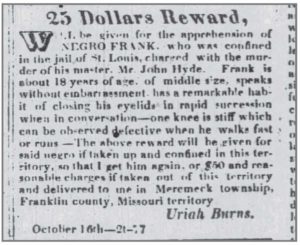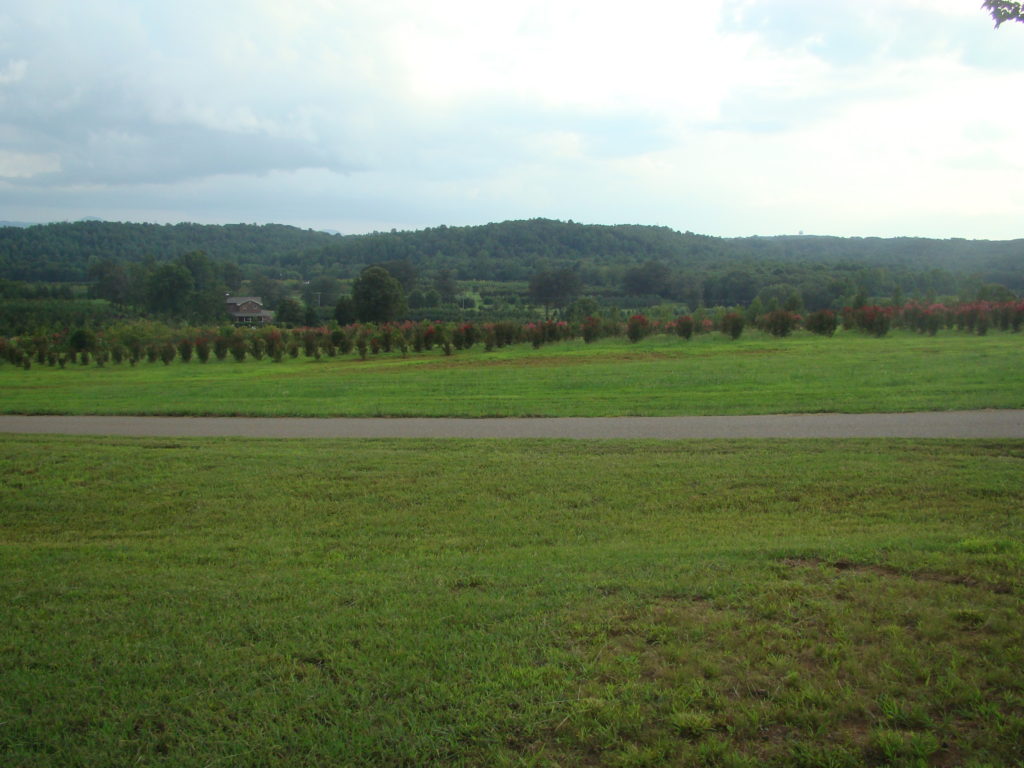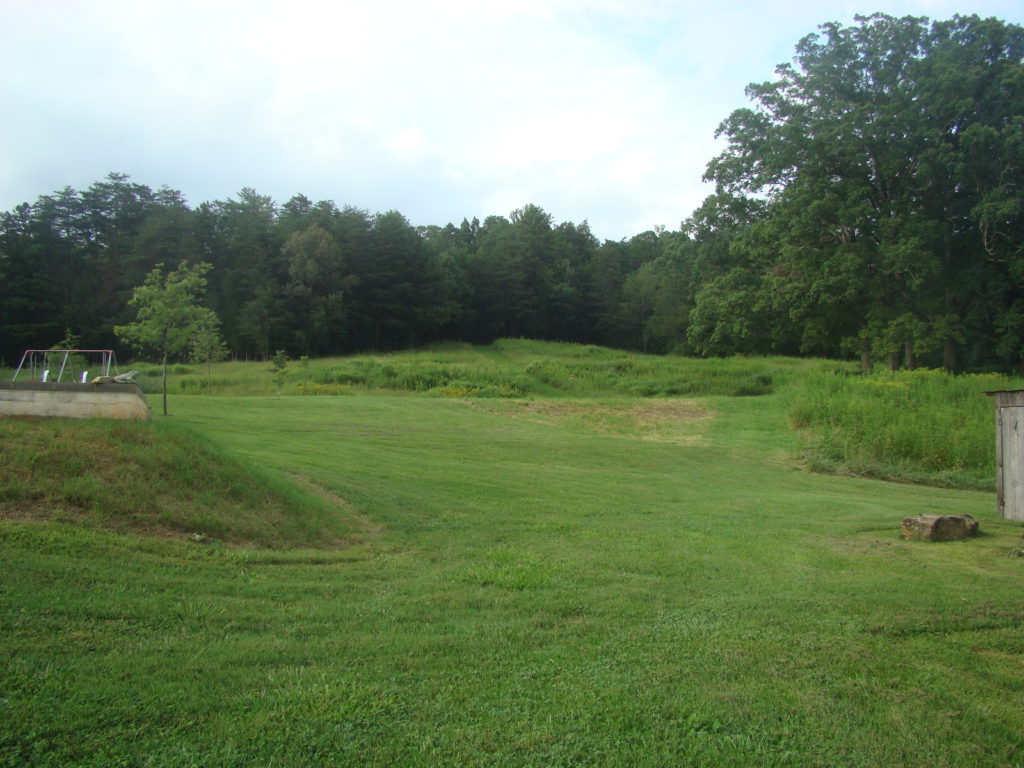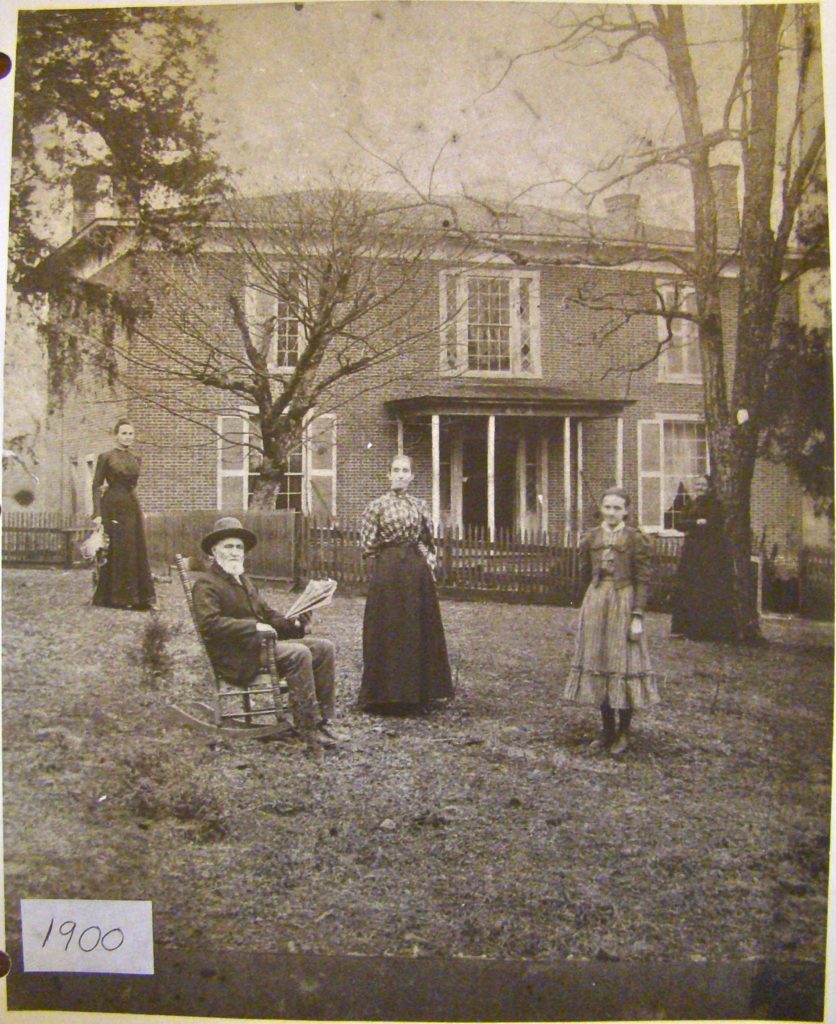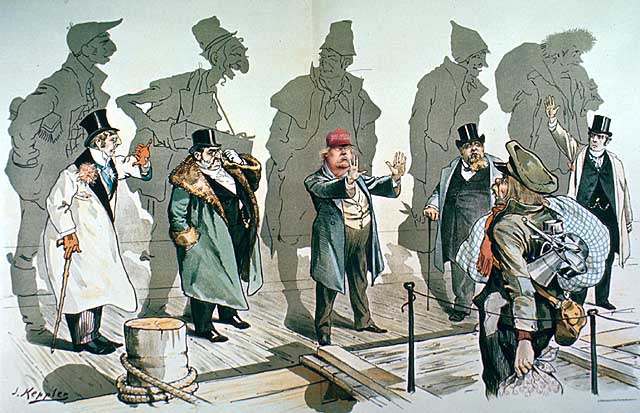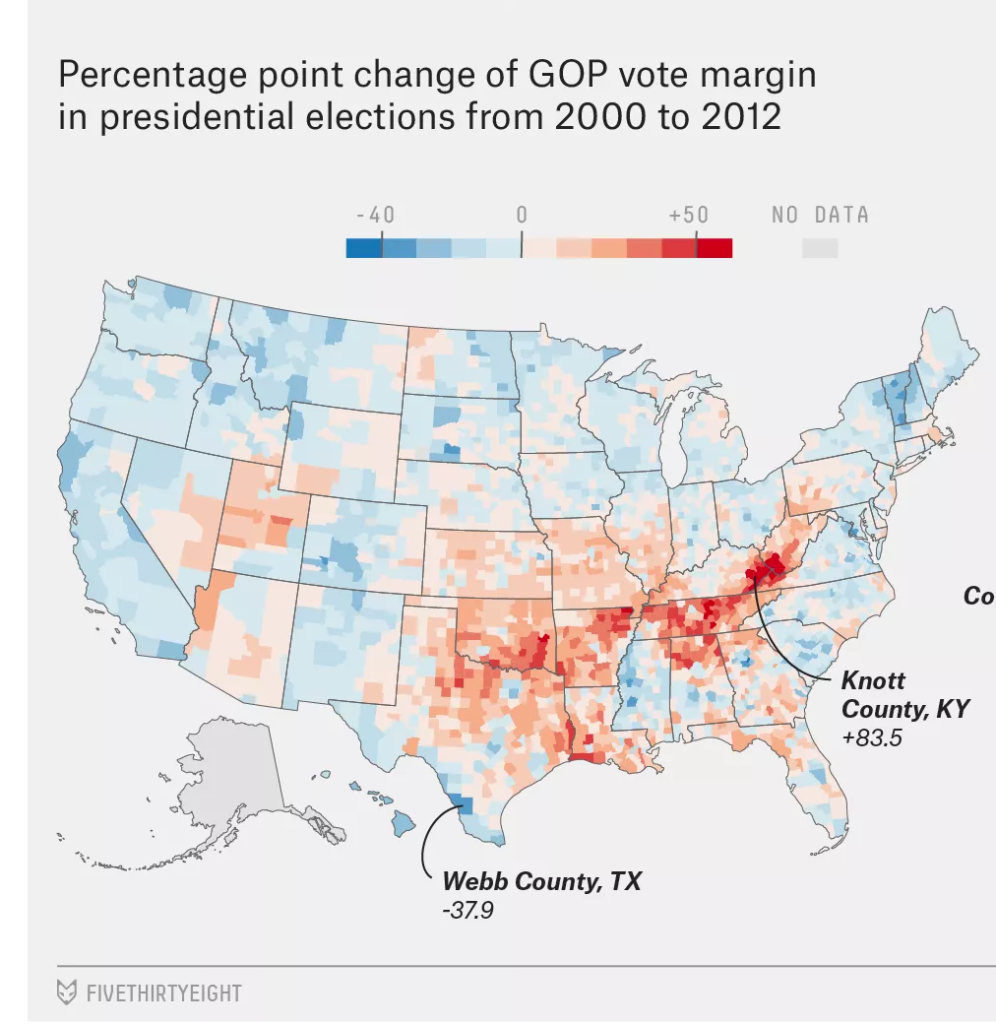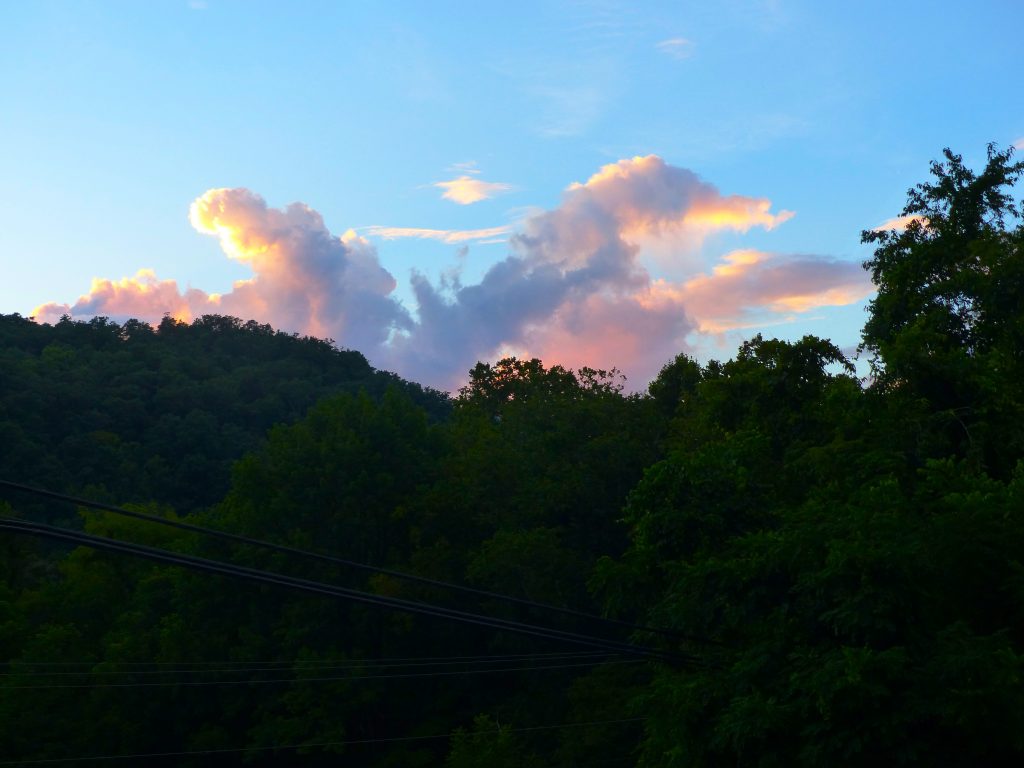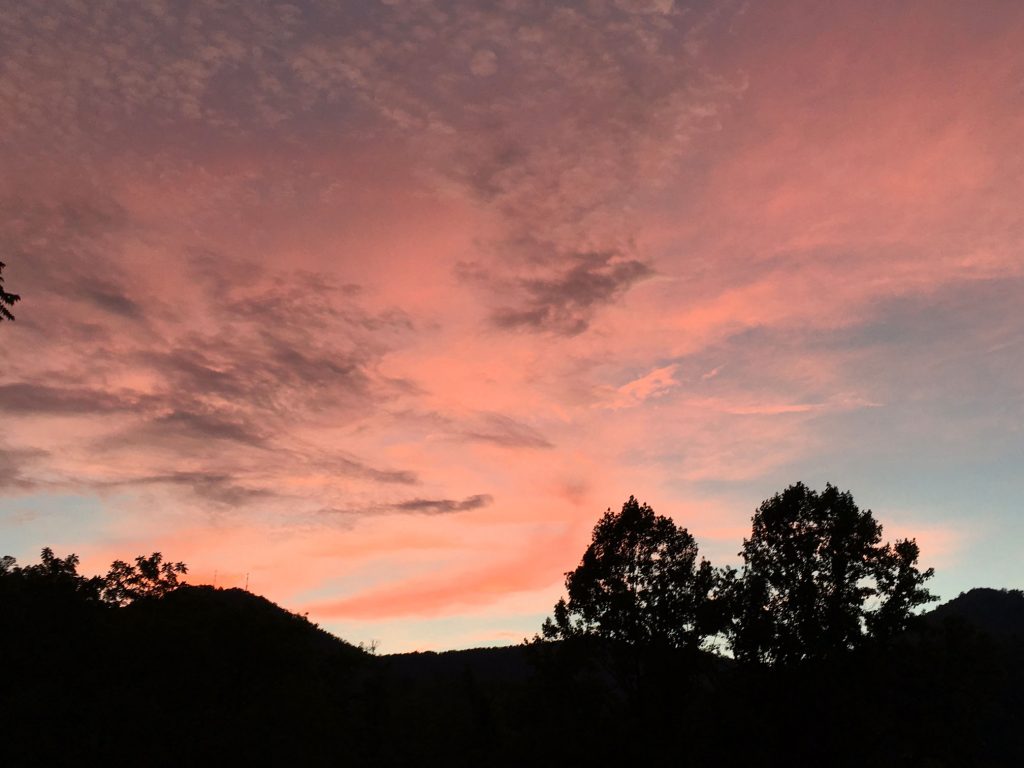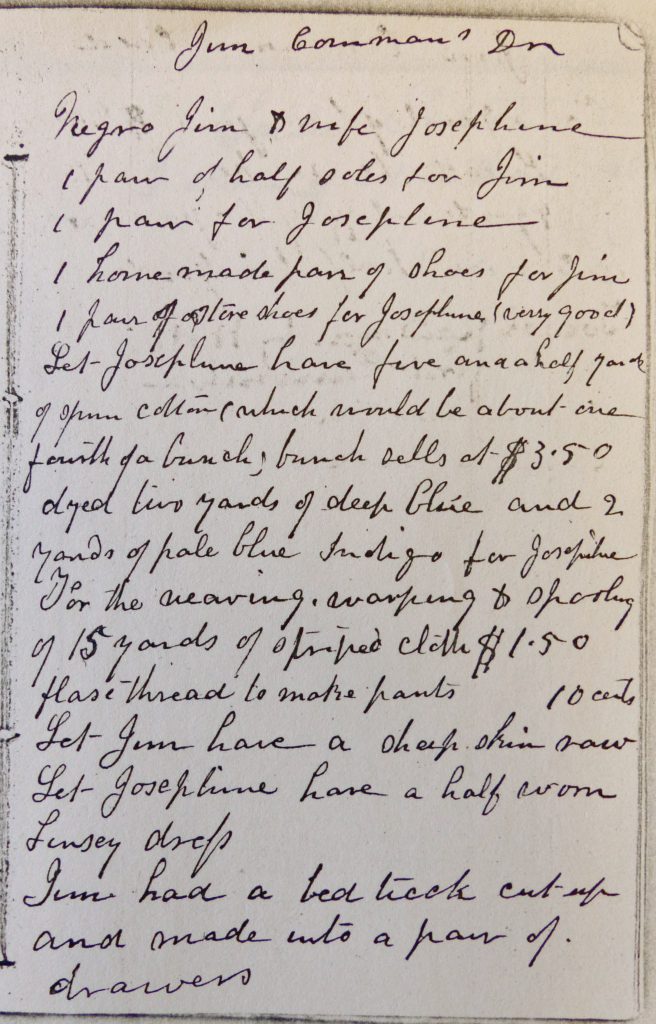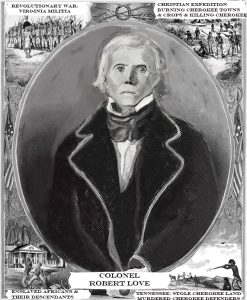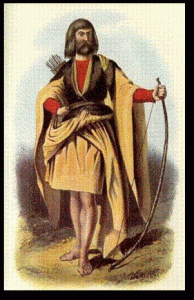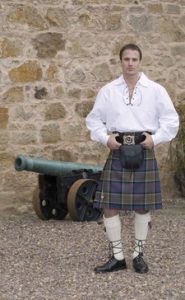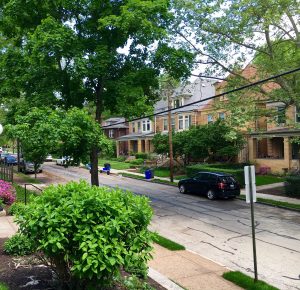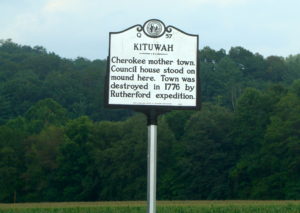 As the family story keeper – the one who receives and passes on family tales – I have always been fascinated with the moments when the story doesn’t quite add up – the jump in the film, the glitch in the Matrix. I remember, as a kid, annoying my mother repeatedly by interrupting her and saying, “But Mama, that doesn’t make any sense!” I’m still at it. And what I’ve learned from researching this book is that the moment where the story jumps is also where that treasure called the truth lies. Because that is what your people are afraid of facing and that is often who they really are.
As the family story keeper – the one who receives and passes on family tales – I have always been fascinated with the moments when the story doesn’t quite add up – the jump in the film, the glitch in the Matrix. I remember, as a kid, annoying my mother repeatedly by interrupting her and saying, “But Mama, that doesn’t make any sense!” I’m still at it. And what I’ve learned from researching this book is that the moment where the story jumps is also where that treasure called the truth lies. Because that is what your people are afraid of facing and that is often who they really are.
In my family history, we seem to emerge, like Athena from Zeus’s head, full grown in the 18th century as well-to-do frontier gentry using the term “Scotch-Irish” to cover over a multitude of things – some of them sins, but and some of them just the hard-scrabble white-trash history of who we were before we became the cultured educated people we are now.
In our family history, my fourth great grandfather, Robert Love, is remembered as a well-to-do member of the elite. He was the “founder” of the town of Waynesville, NC and donated the land for the Haywood County courthouse. Within the family we remember proudly that the Loves brought the first piano into western NC. We are founders, we are cultured, and how we got to be those things is not examined.
But Robert Love did not start out as either of those things. He was the grandson of a poor Scotch-Irish immigrant and he was born in a border settlement in the Shenandoah mountains, known as “the drunken tract,” where the Scotch-Irish had been shunted off by the English coastal elites. At the age of sixteen he set off, like so many poor sons, to make his fortune in the world by joining the army. The year was 1776 and Robert was a wagoner in an armed campaign to “chastise” the Cherokee. It was an ugly, vindictive campaign, purposely attacking innocent noncombatants. Its purpose was not reprisal or retribution, but instead a warning to all the Cherokee not to ally with the British in the American Revolution. It was essentially a bloody message saying, “See what we can do to your most distant and protected of your people? We can do worse to you.” This warning, timed just before harvest to ensure maximum suffering, entailed the mass burning of Cherokee towns and fields of unpicked crops as well as the murder of any Cherokee – regardless of age or gender – they encountered. The whites had far superior firepower, so most of the population hid in the mountains surrounding their towns. Among them was another sixteen-year-old boy. His name was Yonaguska. This was the second time his town – the sacred mother town of Kituwah – had been destroyed by white armies. The first time was when he was one year old. He wouldn’t remember that attack, but he would have been told of it by his mother, in whose arms he had then been carried to their hiding place in the hills. But he might remember the widespread hunger afterwards, and the work of rebuilding their home and town in the following years. What he felt watching his home burn, watching the council house on the mound at the center of town be desecrated, isn’t known. What young Robert Love did is not known either, but one of his fellows left this account:
“[Some men] found an Indian squaw and took her prisoner, she being lame, was unable to go with her friends; she was so sullen, that she would – as an old horse is – neither lead nor drive, and, by their account, she died in their hands; but I suppose they helped her to her end.”
I think often of those two sixteen-year-old boys: one watching the cruel and unprovoked destruction of his home, the sacred mother town of Kituwah, from the hillside above it; the other somewhere below, lighting a match, holding a gun, destroying a world. That is the moment where my family history became inextricably tangled with the history of the mountain Cherokee. Yonaguska, the helpless witness of white destruction, would go on to become a “peace chief” – one who eschewed violence and pursued negotiation. He would also lead the only successful resistance to the Trail of Tears. The tactics he used were those he used on that day – withdrawing deeper into the mountains, camouflage, evasion. Some of it done with the help of a young white boy named Will Thomas that he later adopted as a son.
Robert Love would move to “pacified” territory in Western North Carolina, become a merchant, slave owner, and a wealthy man. He would mentor a young man named Will Thomas, just starting out his life as a merchant. They were deeply involved in each other’s lives. Robert Love chose Will, who was exceptionally personable and capable, above his own sons, to be executor of his estate. Will, taking the tactics he’d learned from his adopted father, used charm and evasion to persuade Robert to write letters attesting to the harmlessness of the local Cherokee to legislators who were trying to oust them. I like to imagine this too: Will saying, “Oh, don’t worry, they’ll leave eventually. They’re just not quite ready to do it now.” And Robert, wanting to please the young man, writing to his friends in the legislature that the Cherokee were very civilized now, model citizens, and would no doubt join their people in Oklahoma … eventually. And so, Yonaguska, who watched his world burn and learned from it, and exacted justice from the young wagoner who helped burn it.
Later Yonaguska’s devoted white son would marry Robert Love’s young granddaughter. The mingled descendants of these men would choose to erase this part of the story. They’d focus on Robert Love’s wealth, Will Thomas’s heroism helping “those poor Cherokee.” But there would be a jump in the record, a glitch in the story, discernible to anyone, willing to look hard. And as one who always chooses to take the red pill, go down the rabbit hole, unravel the comfortable lie and see how far the uncomfortable story goes, I want to urge any of you who are willing and interested to do the same. You might not love what you find, but I guarantee you that you’ll know yourself, your family, and your nation better. And the ride is wilder than any rollercoaster and incredibly fun! Go ahead, take the red pill.


